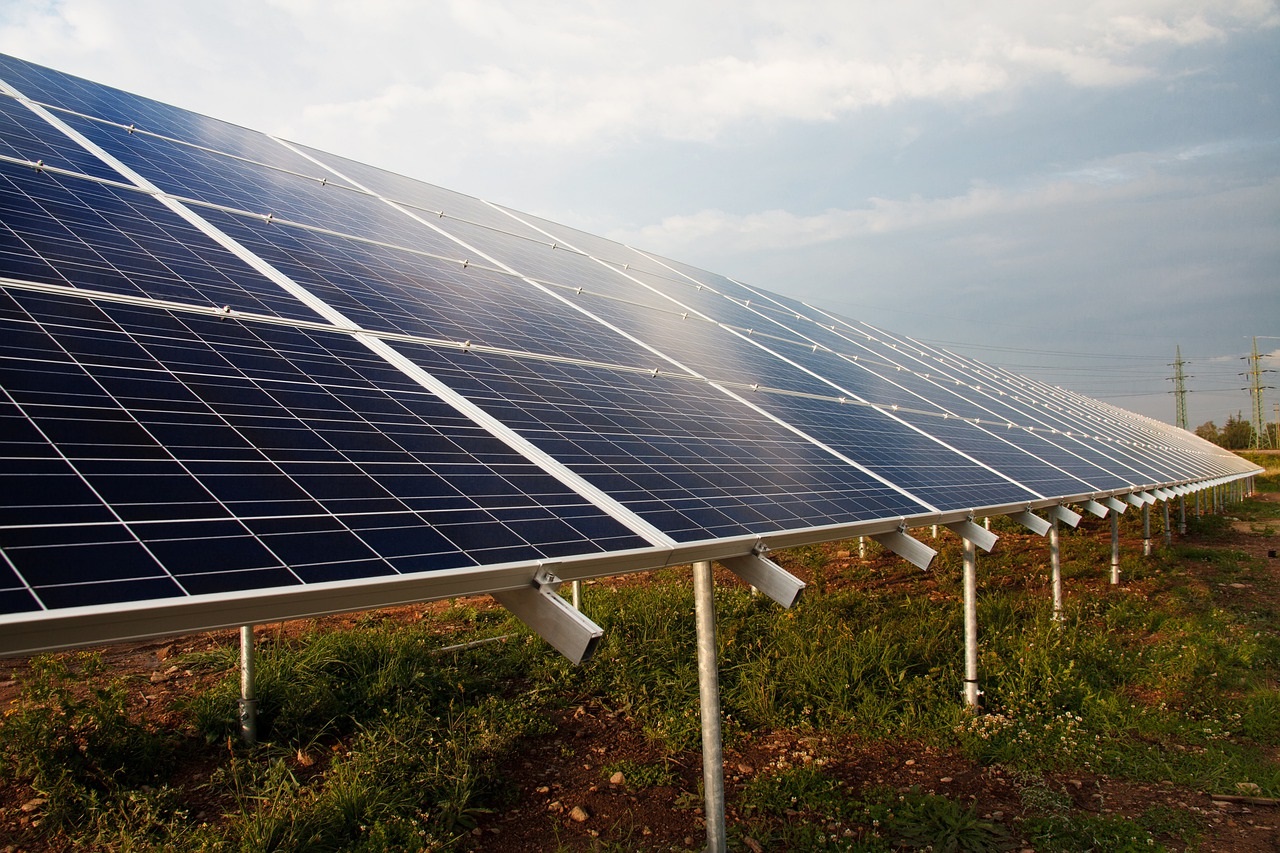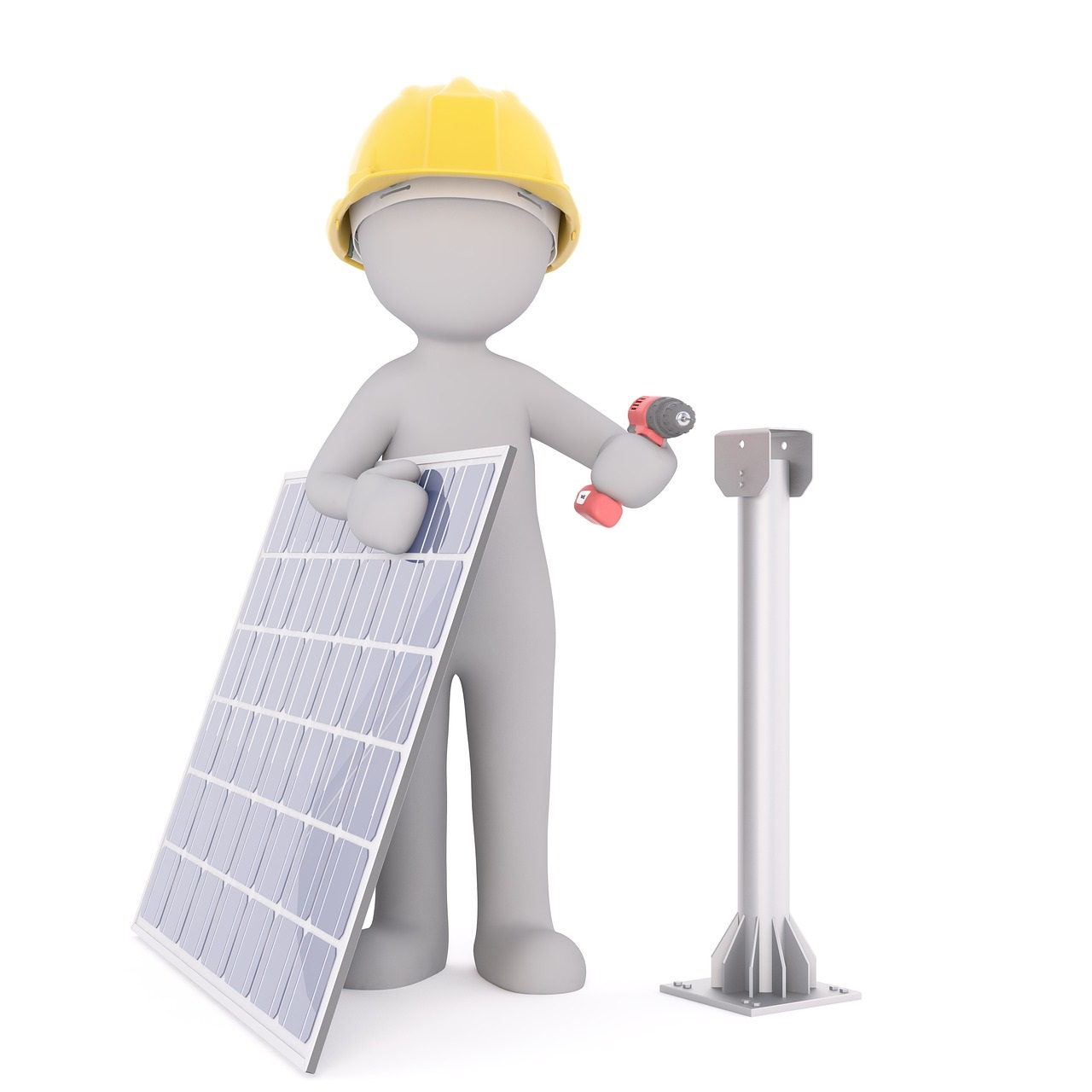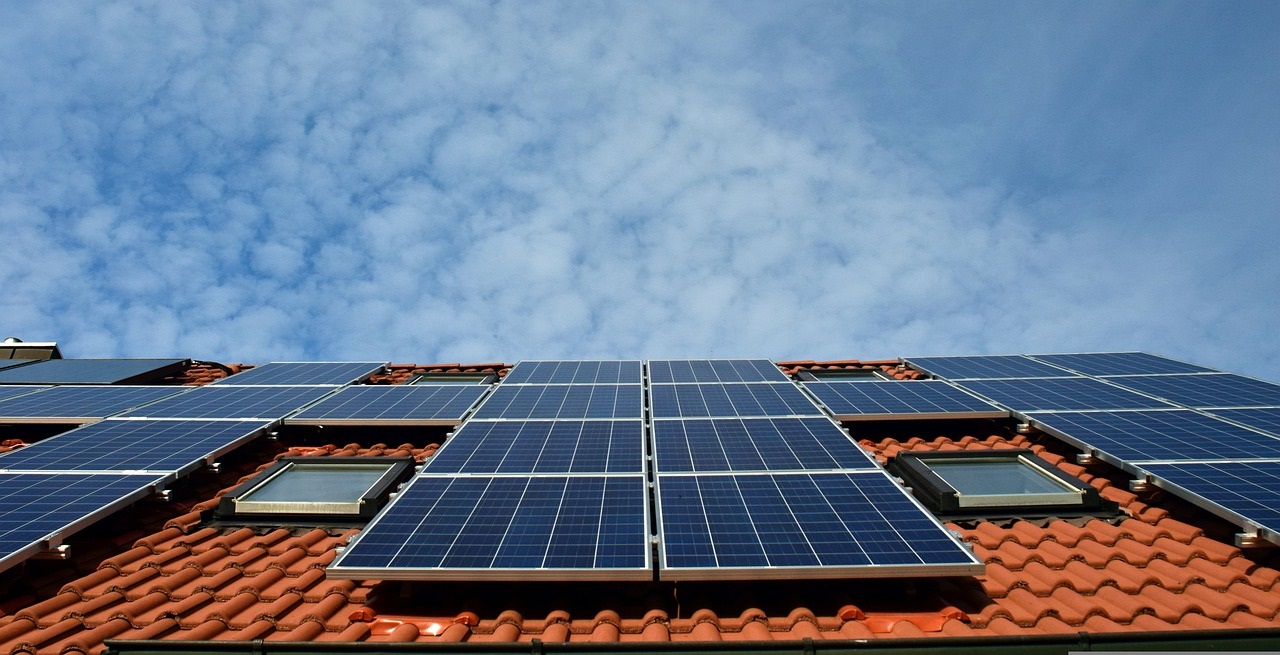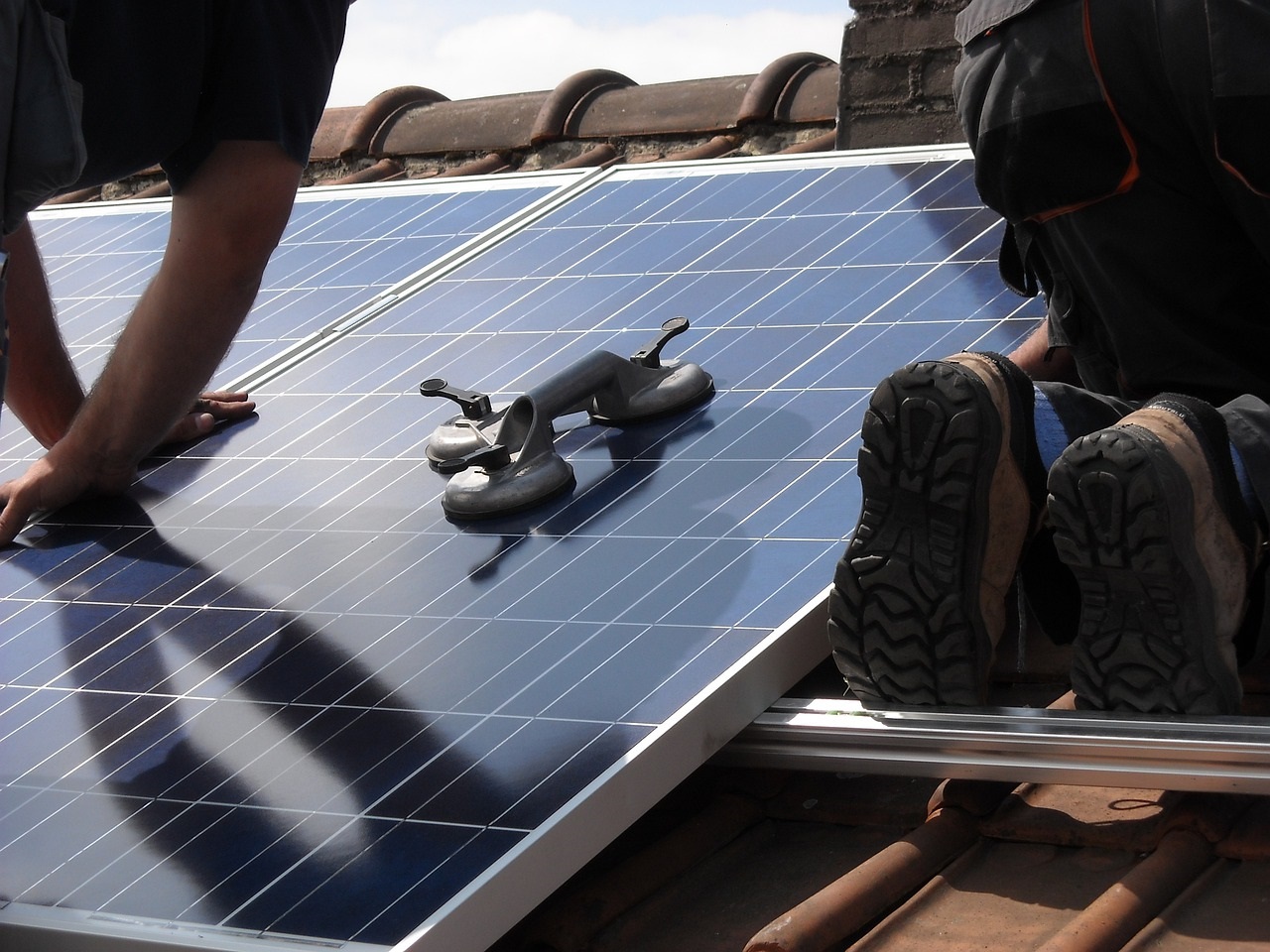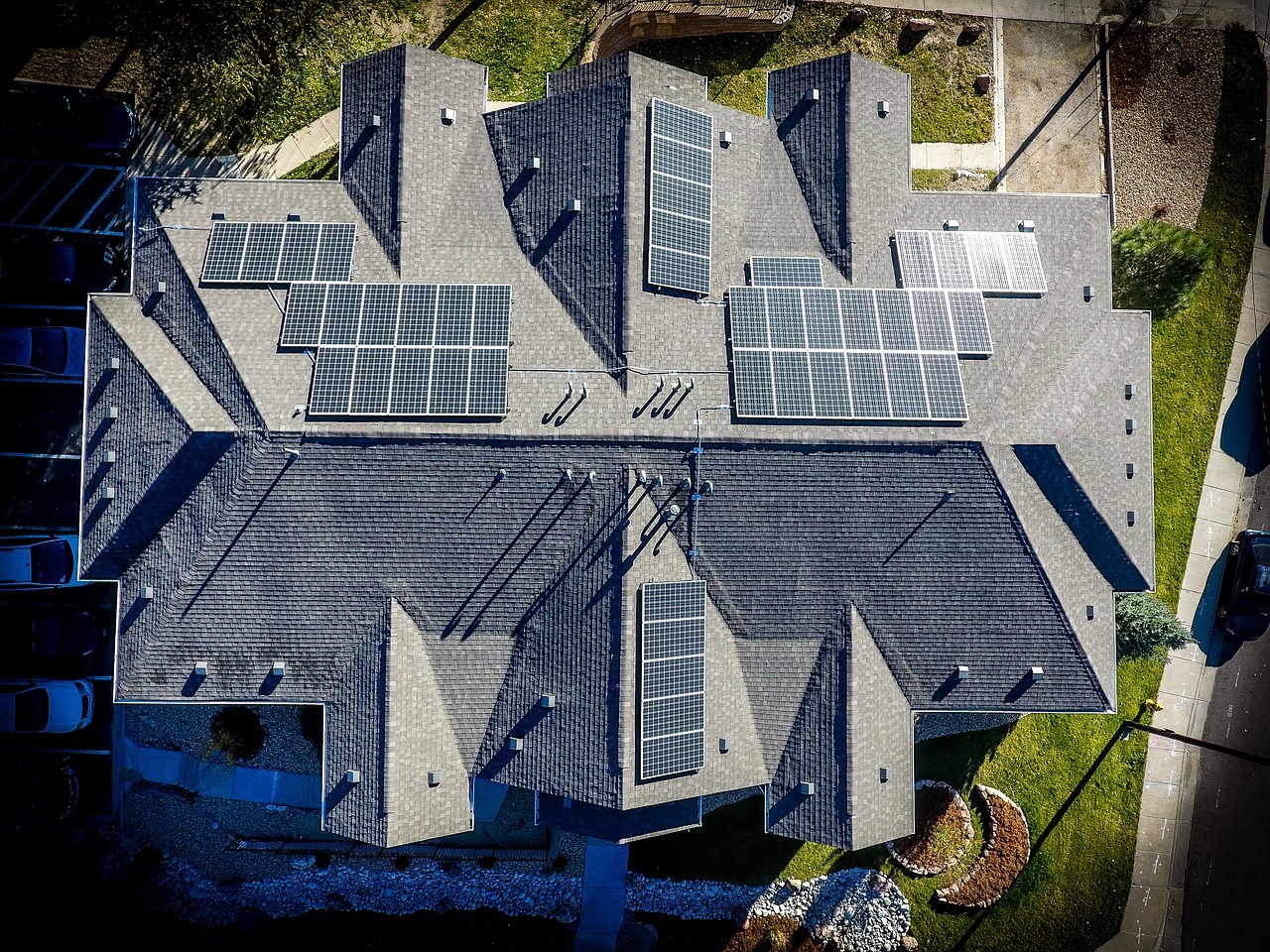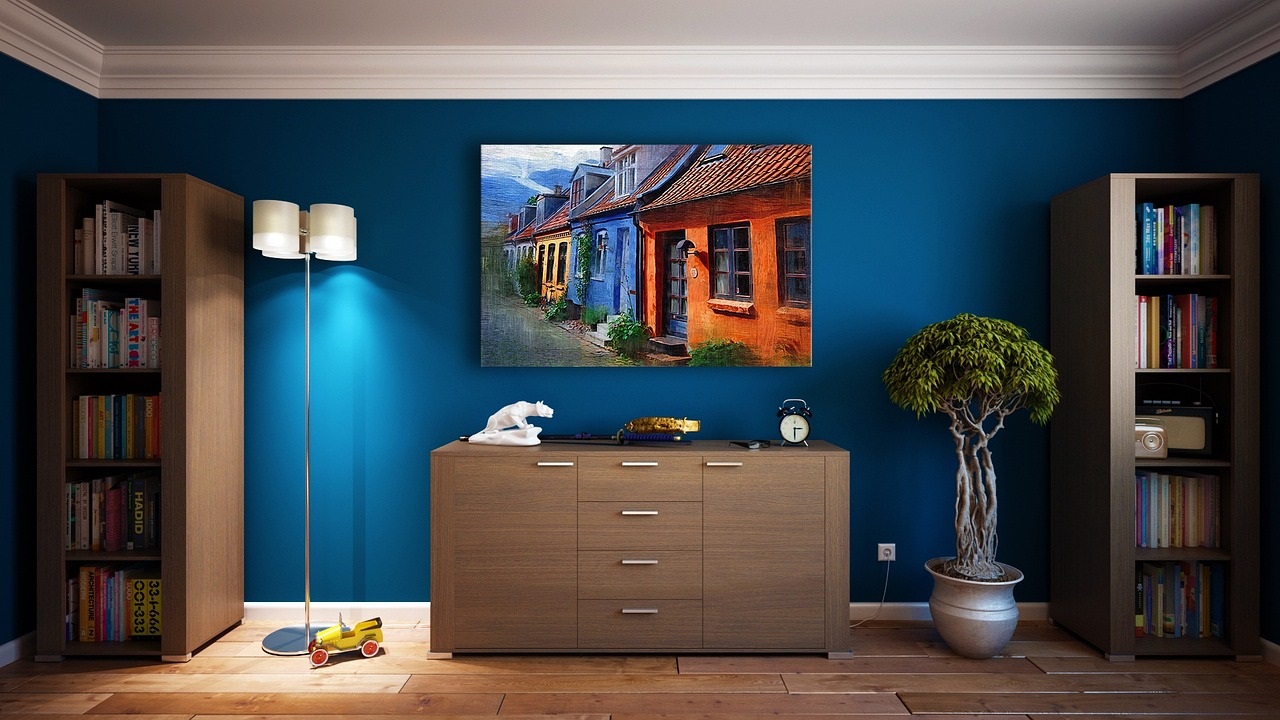A solar power installation is only as good as its design so it’s important to work with a reputable company that has engineers on staff. A viability study is required to choose the right equipment for the needs of the property and available light.
When doing an analysis, a solar engineer will look at typical consumption and potential power inputs. Power may be limited by the size of the roof and peak sunlight. The efficiency level of the panels is another consideration. A high efficiency photovoltaic cell will require less light to generate the same amount of electricity as a larger number of less efficient panels. Cost and space are the deciding factors.
The installation should closely match the present and future needs of the homeowner. Some homes may be positioned well on the lot and have lower than average power consumption. Others may require a supplemental system that may include wind, micro-hydro, a grid connection, or a fossil fuel generator.
The system itself comprised of five different components. These are the panels, the controller, the grid input (optional), an uninterrupted power supply device, and battery storage. Each of the components works in concert with the others so they should be matched well.
Panels can be installed on garages, outbuildings, and ground installations if there is enough room on the property. Custom installations may take into account the after-installation curb appeal by placing panels on the back of the structure when it’s feasible to do so. Electrical add-ons are designed for your specific installation with work done to craftsman standards. In contrast, a generic installation may use non-REC panels in locations that are the easiest or least expensive to install.
There are a number of installation options based on the geographical location, the amount of ground available, and the distance to the meter. The ideal roof faces south and has an optimal slope to capture as much sunlight as possible with the fewest number of panels. Another option is a ground installation. This involves a rack that rests on the ground or concrete pilings and has movable or fixed panels that are positioned with the ideal direction and slope.
When choosing between a roof-mount system and a ground site, there are a few considerations. For example, if the home and roof are older then it may not be viable to place equipment up there due to weight concerns. The equipment can be heavy, and some supports or bracing in the attic may be necessary. Also, the panels will need to be removed to replace shingles in the future, which is an added cost. Roof mounted panels are less expensive than a ground system.
If you’re considering building a carport or similar outbuilding, a ground mount system can actually form the roof. By combining the two projects, it’s possible to save some money and have a contemporary carport design with the panels as the main design feature. Ground systems are easier to maintain and have lower costs over the long-term; however, up-front costs can be a little higher in some applications. Ground systems require additional care when mowing as exhausted debris can damage them. There may also be concerns about security and vandalism, depending on the height of the installation.
Contact us for listings for off-grid houses and land for sale.
—————————————————————————————————————————-
Pemberton Holmes has been an island brokerage since 1887. We combine expertise, trust, and community values to ensure your sales experience is the best it can be! Are you looking to sell your home, or looking to purchase? Contact us today at +1 (250) 642–3240 to talk to a REALTOR®

